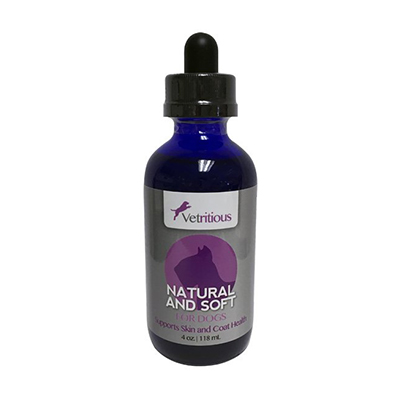10
As a pet owner, you probably won’t give it a second thought whenever you see your dog scratching or licking its skin. You might even attribute it as normal behavior. However, if you see your dog scratching incessantly, you should definitely investigate the problem, especially if the scratching is accompanied by hair loss and shedding.
Pruritus is the medical term used to describe the scratching movement that dogs make to relieve themselves from itchiness. Here are the most common reasons as to why your dog does it, and what you can do to help your pet manage it:
Flea bite – Did you know there are about 15 allergens in a flea’s saliva?
Any of these allergens can trigger an allergic reaction and cause flea allergy dermatitis. This allergy can cause a dog to bite, scratch, and chew its skin until it is red and raw, creating a breeding ground for bacteria or fungi to grow. Treatment is done using shampoo, conditioner, or topical ointment designed for flea control. One of the best treatments is called Natural and Soft to help make rashes and itchiness go away quickly.The pet’s bedding’s and immediate environment also needs to be cleaned thoroughly to remove the flea infestation.
Tick bite – Ticks can transfer parasites and disease!
A tick bite can cause mild irritation and itchiness in your pet. What’s even more dangerous is that ticks are also vectors. As parasites, they can transfer diseases such as Lyme disease or Rocky Mountain spotted fever to their host. After every walk in the woods, carefully check yourself and your dog for ticks. If you find one on your pet, carefully remove it using a pair of tweezers, and not with your bare hands. Treatment is done using tick collars and topical medication.
Mange – Parasitic mites living on a dog’s skin can cause skin disease!
There are two kinds of mange: demodectic and sarcoptic. Demodectic mange normally happens during the early stages of a dog’s development; it is harmless and will go away on its own. On the other hand, sarcoptic mange causes extensive itchiness that could lead to skin lesions and alopecia. The possibility of sarcoptic infection is high if your dog came from an animal shelter, pet shop, or a boarding kennel. Selamectin (Revolution) is the topical solution used to treat sarcoptic mange.
Allergens – Dogs can suffer from pollen and other allergens just like humans!
The change in seasons can trigger an allergic reaction in your dog, especially during summer and spring. Your dog is often outside during these times and is exposed to pollen from trees and grass. Aside from itching and scratching, sneezing and watery eyes can also be observed. Frequents baths help remove the allergens from the dog’s body and foot soaks help prevent the spread of allergens inside the house. If symptoms persist, you can ask for a prescription for an antihistamine medication.
Food allergy – Beware of commercial kibble being sold today that may contain allergy triggers.
Watch out for ingredients that include beef, wheat, or soy as these are the ingredients that will set off an attack. Your dog may need to undergo an elimination diet first in order to diagnose the food that is triggering the allergy.
The Importance of Proper Diagnosis
It might be difficult at first to diagnose the reason behind your beloved dog’s frequent itching-and-scratching episodes. You can narrow down the possible reasons by considering the patterns of each episode. Does your dog seem to be scratching more during a particular time of year? Does your pet show signs of discomfort after eating a certain food? As always, proper diagnosis is the first step to take in order to implement the correct treatment that will help your dog deal with the itching.
Always check with your Vet so he/she can provide an accurate diagnosis. Use Natural and Soft at least once per week and in the cases when your dog is suffering, apply it once per day!




